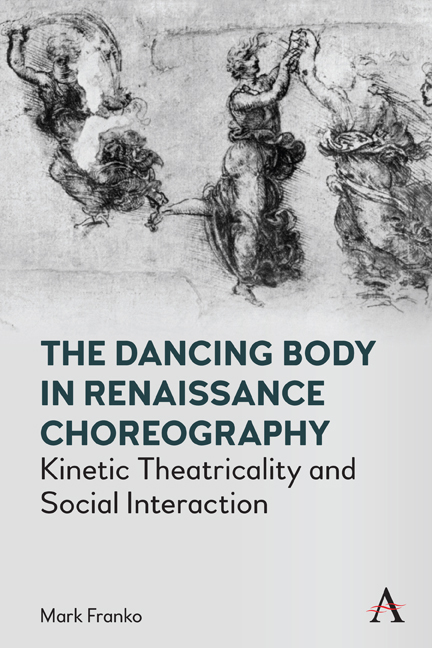Book contents
- Frontmatter
- Dedication
- Contents
- Preface to the Revised Edition
- Chapter 1 Introduction
- Chapter 2 The Mythological Intertext: Language
- Chapter 3 The Sociological Intertext: Courtesy
- Chapter 4 The Pedagogical Intertext: Precepts
- Chapter 5 The Political Intertext: Civil Conversatione (Social Intercourse)
- Bibliography
- Index
Chapter 2 - The Mythological Intertext: Language
Published online by Cambridge University Press: 13 May 2022
- Frontmatter
- Dedication
- Contents
- Preface to the Revised Edition
- Chapter 1 Introduction
- Chapter 2 The Mythological Intertext: Language
- Chapter 3 The Sociological Intertext: Courtesy
- Chapter 4 The Pedagogical Intertext: Precepts
- Chapter 5 The Political Intertext: Civil Conversatione (Social Intercourse)
- Bibliography
- Index
Summary
“De la façon non du langage.”
[In the non-way of language.]
—Agrippa d’Aubigné, Les Tragiques, 1616A. The Rhetorical Code
In order to investigate the myth that dance is a language, I will examine one of the most elaborate “definitions” of the dance from Thoinot Arbeau's Orchesographie.
Mais principallement tous les doctes tiennent que la danse est une espece de Rhetorique muette, par laquelle l’Orateur peult, par ses mouvements, sans parler un seul mot, se faire entendre et persuader aux spectateurs, qu’il est gaillard digne d’estre loué, aymé et chery. N’est-ce pas à votre advis une oraison qu’il faict pour soy-mesme, par ses pieds propres, en gendre demonstratif ?
[But above all, learned men maintain that the dance is a kind of mute rhetoric through which the Orator can, by his movements, without uttering a single word, make himself understood and persuade spectators that he is spirited [gaillard] and worthy of being praised, loved and cherished. Is it not in your opinion a discourse that he profers for himself, with his own feet, in a demonstrative genre?]
A rhetorical code is marked in this passage by the signifiers rhetorique muette (mute rhetoric), orateur (orator), persuader (persuade), oraison (discourse) and gendre demonstratif (demonstrative genre). A mute rhetoric here is one in which the “orator” uses action (“ses mouvements” (his movements)) to the exclusion of words (“sans dire un seul mot” (without uttering a single word)). According to Quintilian. each of the orator's hand gestures is independent of his posture: “The neck must be straight, not stiff or bent backward.” The orator's posture is the same as that of the dancer in the Renaissance:
Our attitude should be upright, our feet level and a slight distance apart, or the left may be very slightly advanced. The knees should be upright, but not stiff, the shoulders relaxed, the face stern, but not sad, expressionless or languid: the arms should be held slightly away from the side.
The orator's hand movements, however, are in no way those of the Renaissance dancer. Furthermore, the classical theory of oratorical action precludes the independence of gesture and discourse. Indeed, physical eloquence is based both on gesture (gestus) and delivery (pronuntiatio).
- Type
- Chapter
- Information
- The Dancing Body in Renaissance ChoreographyKinetic Theatricality and Social Interaction, pp. 19 - 32Publisher: Anthem PressPrint publication year: 2022



